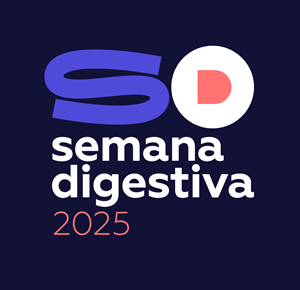Methods: Single centre prospective study over a 3-year period (2019-2021). The therapeutic regimen was 10 days proton pump inhibitor bid and three-in-one single capsule bismuth therapy containing bismuth, metronidazole and tetracyclin, quid (BQT). HP assessment was performed at baseline by histology or C13 urea breath and 4-6 weeks after treatment by C13 urea breath test.
Results: Five hundred ninety-eight consecutive HP‑positive patients completed BQT treatment: 476 (79.6%) female, age 43.2±10.4 years, range 18-69 years. HPwas eradicated in 500 patients, 83,6% (95% CI, 80,4% -86,5%). Eradication rates were not significantly different by gender, age and smoking habits.Conclusions: By adopting Maastricht V/ Florence and WGO guidelines, BQT at first line therapy in high clarithromycin resistance geographical areas, HP eradication rate higher than the recommended 80% eradication rate cutoff was achieved in real-world clinical practice.

 Semana Digestiva 2025 | Todos os direitos reservados
Semana Digestiva 2025 | Todos os direitos reservados